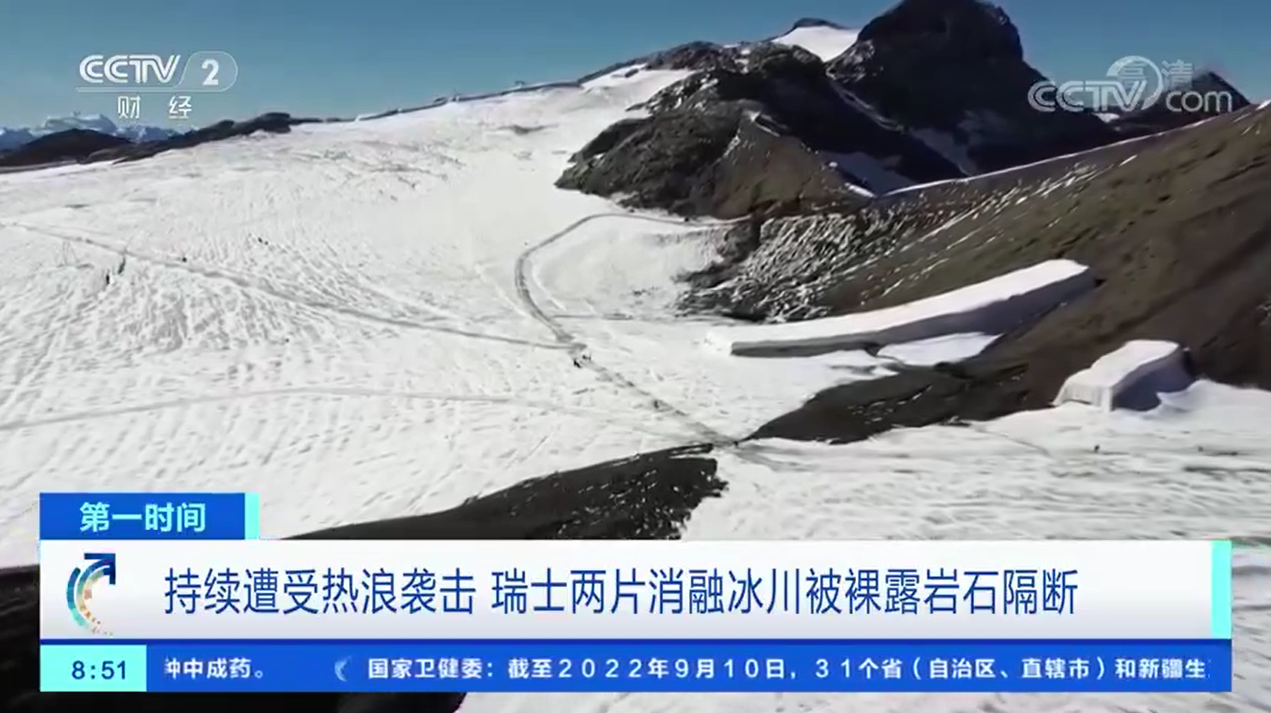The U.S. Lunar Lunar Rockets will be postponed twice within a week, and the next launch may be postponed until mid -October
Author:Pole news Time:2022.09.04
Jimu Journalist Song Qingying
Within a week, the National Aeronautics and Space Agency (NASA) was preparing to launch the moon landing rocket twice, but they returned due to fuel leakage and returned to the American people who gathered near the launch center for the second time. The giant rocket will be re -dragged back to the garage for repair, and the next launch will be delayed to mid -October. This means that the "Artemis" plan, which returned to the moon 50 years later, needs to be postponed for several weeks, or even months.

The new -generation lunar rocket in the United States is on the launcher (picture source Reuters)
Great fuel leaks before launch
On September 3rd (Saturday), local time, the new generation of moon landing rocket "Space Launch System (SLS)" once again had a dangerous fuel leakage, resulting in the cancellation of launch.
According to the Associated Press, the launch director Blackwell Thompson said that during the launch of Saturday, the team just started loading nearly 1 million gallons fuel to the Rockets, and the bottom engine suddenly leaked.
The ground control personnel tried to block the leak and adopted the previous method of processing a smaller leak, but the leak still existed after trying it twice.
After about 3 or 4 hours, the launch team reluctantly stopped the countdown.
According to the team manager Salafen, the long hydrogen exceeds two to three times the limit. "This is not a controllable leak."
It is speculated that leakage may be caused by someone sending an error command, which causes the hydrogen pipeline to be excessive pressure, but Salafen said that the reasons why the leakage cannot be judged is now unable to judge the leak.
The first launch problem is heavy
On the coast of the Kennedy launch center in California, thousands of people are waiting for the launch of the moon to land, and the result is once again disappointed.

Media reporter gathered waiting for launch reports (Picture Source Associated Press)
NASA conducted the first launch attempt on Monday (August 29). As a result, about an hour before the launch, the Rockets had fuel leaks.
In Monday's attempts, a series of small hydrogen leaks appeared on the rocket, and the leakage location was the same as the spring color this year. The technicians had an emergency repair in the next few days. But Blackwell-Thompson warned that the problem could not be determined until the second launch.
A larger problem was found before the launch: the sensor showed that the engine was overheated in a engine, but the engineer later confirmed that there was no problem with the engine temperature. In fact, the sensor had a failure. The launch team can only ignore the faulty sensor and rely on other instruments to ensure the correct cooling of the engine.
According to reports, the currently retired Astronomical Aerospace aircraft has been plagued by hydrogen leakage. Although the new generation of the moon landing rocket is the most powerful rocket built by the Astronautical Bureau in history. It is smaller than the old model and uses the same type of main engine, but it is also troubled by hydrogen leakage.
There have been 34 rocket launches in the United States this year failed
After two launch cancellations, the NASA director Bill Nelson said that in order to avoid conflicting with the next international space station's launch schedule, the next launch attempt was delayed until mid -October.

Rocket launch countdown display (Picture Source Associated Press)
According to Reuters, NASA originally reserved a spare launch time for launch, next Monday or Tuesday to prevent the third attempt for the third time.
However, after the assessment, the Astronautical Astronum Astronum said that the new fuel leakage was too tricky and could not complete the failure elimination and launch pad to repair it before Tuesday.
The task management personnel decided to drag the rocket from the launch pad into the hangar for maintenance and system updates. The cycle takes at least several weeks.
Nielson emphasized that security is the top priority, especially in such test flights.
It is said that in the launch of the American rocket, delay and failure are not uncommon, especially for the launch of the new rocket. For example, the space launch system of NASA, which is a complicated carrier tool.
According to "Space", in June of this year, the launch of the LV0010 rocket launched by "ASTRA" failed, losing the two satellites of NASA. According to statistics, this is the 34th rocket launch in the United States this year.
- END -
Uzbekistan Foreign Ministry: Support a China Principles
People's Daily News Uzbekistan's Ministry of Foreign Affairs issued a statement on Perlis, the speaker of the United States Congress.The statement stated that Uzbekistan complied with the principles a...
Expert: Half of the Alps may disappear within 30 years
